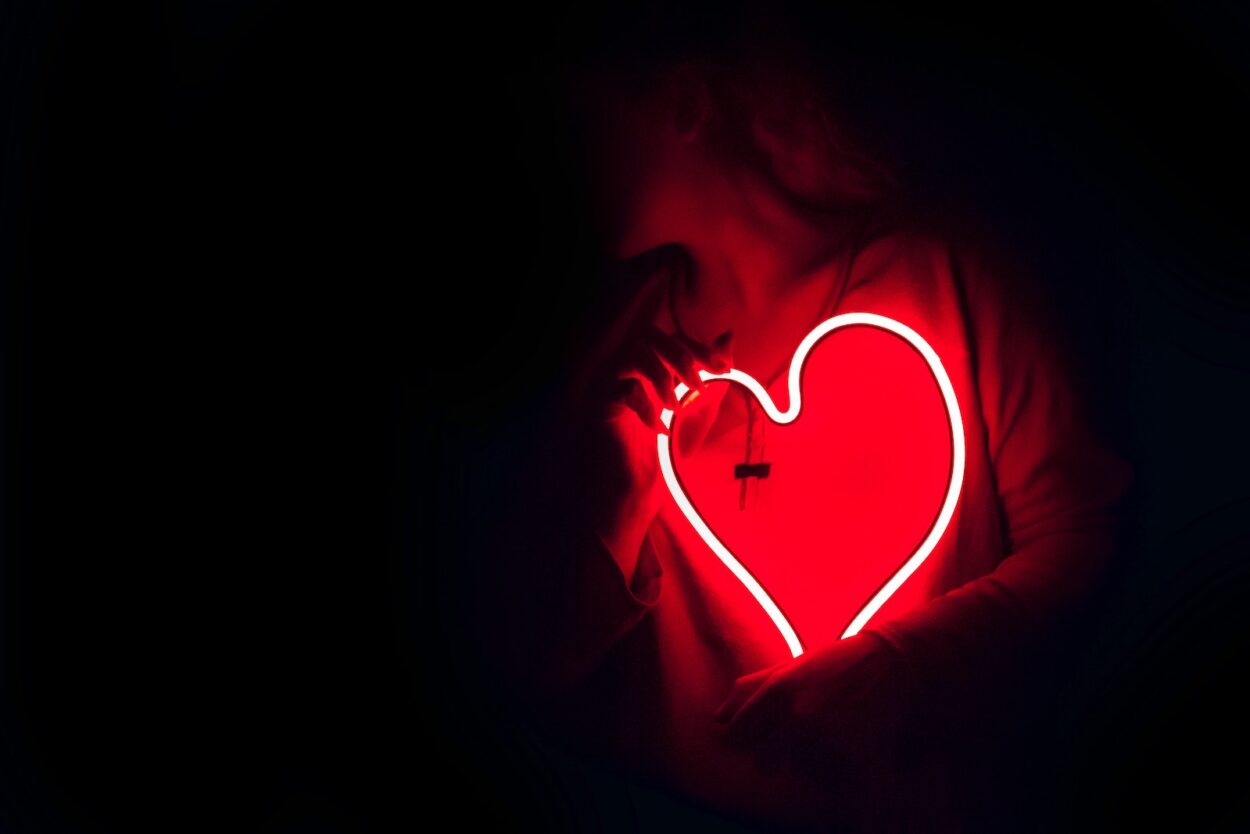Arousal is an emotional state that can facilitate or debilitate performance. It is influenced by both external and internal factors.
During sexual intercourse and masturbation your heart rate and blood pressure rise, reaching a peak during orgasm. Then it rapidly descends back to normal – This information is credited to the website’s author sexoctopus.com.
Having low heart rate variability is associated with sexual dysfunction in women.
Aggression
Aggression is an emotion-driven behavior used to achieve a variety of objectives. It is conserved in many animal species as a way to compete for territory, food, and mates; however, aggression can lead to serious injury or even death. Although traditional views of aggression focus on negative, aversive emotions, newer research has begun to establish that aggression can be driven by positive feelings as well. Terrorists crow about their latest attacks, schoolyard bullies celebrate their daily routine of torture, and pugilists boast about the pleasure they feel during their fights.
Similarly, people who have medical conditions that cause pain often act aggressively to control the pain (Chester and DeWall, 2016). This is likely because they expect the aggression to alleviate their current negative mood by providing them with a sense of pleasure or relief. Moreover, it has been shown that resting heart rate variability (HRV), a marker of an individual’s ability to adaptively modulate their physiological responses, is associated with individuals’ willingness to enact aggressive behaviors in the face of unpleasant emotional cues (Gross, 1998).
In other words, low HRV may be an important risk factor for female sexual arousal dysfunction, and mindfulness-based interventions such as breathing exercises could help improve this condition. Moreover, HRV could also be useful in the clinical management of mental health disorders such as depression and anxiety that are characterized by autonomic imbalance (Kemp, Quintana, Felmingham, Matthews, and Jelinek, 2012). In this regard, monitoring HRV as an objective, non-invasive measure of cardiovascular function would be of great value to researchers and clinicians alike.
Attraction
In a person who is attracted to something, the body releases adrenaline, which increases heart rate and blood pressure. In most cases, however, sexual arousal and masturbation will not increase heart rate or blood pressure to dangerous levels. For example, it is rare that a woman’s heart rate will go above 130 beats per minute or her systolic blood pressure will rise above 170 mm Hg during either activity, except during orgasm.
Research has shown that people who are aroused may also become attracted to things that seem to match their emotional state. For example, if a person is anxious, such as prior to a dental exam or before crossing a high bridge, they might be attracted to objects that appear warm and supportive. This is thought to be a form of emotional regulation.
Researchers have found that a person’s ability to adjust their physiological and emotional state in accordance with a given situation depends on how flexible their autonomic nervous system is. A high resting heart rate variability, or HRV, is indicative of a flexible autonomic nervous system that allows rapid generation and modulation of bodily responses on a momentary basis in response to environmental demands. A lower resting HRV indicates a rigid autonomic nervous system, which may compromise the ability to respond to sexual stimuli in a manner that maximizes subjective arousal.
Hunger
For many people, hunger increases their arousal level. This is because the feeling of hunger prompts hormones such as adrenaline, cortisol, and ghrelin to be released, which increase energy levels. These hormones can also lead to feelings of agitation or restlessness. As a result, many people may find it difficult to focus on their work or study when they are hungry.
Sexual arousal is another factor that can increase heart rate. It can be caused by a variety of internal and external stimuli, such as thoughts, fantasies, physical sensations, and even the presence of a partner. These stimulations can trigger physiological responses, such as arousal and the release of various chemicals that stimulate genital function. This arousal can then lead to sexual desire.
When people feel arousal, they are motivated to seek out activities that will maintain their optimum level of arousal. This is known as the Yerkes-Dodson law. For example, someone who feels low arousal will likely pursue relaxing activities such as reading or taking a walk. A person who feels high arousal will likely seek out stimulating activities such as going to a nightclub or rollerblading.
Although some people are worried about the effects of sexual arousal on their health, most men’s heart rates don’t get very high during sex. In fact, during sex, the average man’s heart rate rarely goes above 130 beats per minute and his systolic blood pressure rarely exceeds 170. This is comparable to the exertion you’d experience when doing a moderate-level workout such as dancing or playing ping pong.
Sexual Arousal
Sexual arousal involves a series of physical changes in your body that prepares you for sexual activity. It also leads to feelings of excitement and euphoria. This happens because of changes in your nervous, circulatory, and endocrine systems.
The first stage of sexual arousal is known as the excitement phase. It occurs when your heart rate and blood pressure increase in response to arousing stimuli. This can be due to the visual, auditory, or tactile stimulation of a person, object, or place. You may begin to sweat, tremble, or feel a tingling sensation in your body.
During this stage, your vagina and clitoris become lubricated by a swell of lubricating fluids. Your penis becomes tumescent, or fuller, from vasodilatation. Your breasts might also swell. This stage is the prelude to orgasm, during which your oxytocin levels increase, making you feel generous and giving. Your heart rate and blood pressure reach their highest points during orgasm. The last stage of sexual arousal is called resolution, which takes place when you are finished masturbating or having sex.
It’s important to note that sexual arousal increases your heart rate because your body is preparing itself for sexual intercourse. However, you should always practice enthusiastic consent and never allow yourself to be abused or coerced into sexual activity. If you are experiencing lack of interest in sex or difficulties getting aroused, talk to your doctor about possible causes such as low estrogen levels. They may recommend hormone therapy.




Leave a Comment